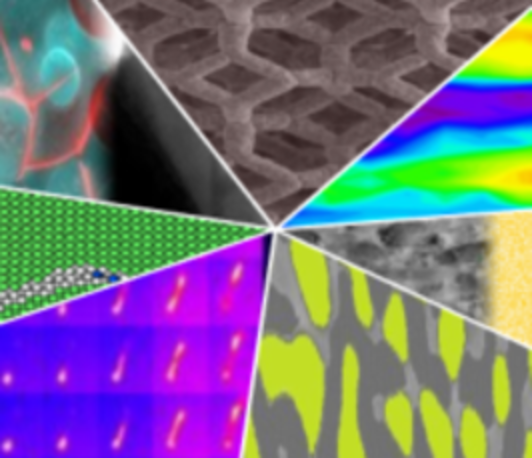Novel thin film high entropy alloys with tunable microstructure and enhanced mechanical properties
- Date: Jun 15, 2023
- Time: 10:00 AM - 11:00 AM (Local Time Germany)
- Speaker: Mr. Davide Vacirca
- PhD student from Université Sorbonne Paris Nord
- Location: Max-Planck-Institut für Eisenforschung GmbH
- Room: Room 1001 Hall 8
- Host: on invitation of Dr. James Best and Prof. Gerhard Dehm

In recent years, research on thin film high entropy alloys (TF-HEAs) has gained increasing interest due to the activation of mechanical size effects involving a combination of high ductility and yield strength (up to 30% and 10 GPa for NbMoTaW) [1]. One of the current challenges is to develop advanced techniques for synthesis of nanostructured TF-HEAs, while implementing nanoengineering design strategies such as multilayered systems, which are known to improve the mechanical
properties by blocking the propagation of dislocations [2]. CoCrCuFeNi is one of the first HEAs discovered, with an FCC structure and promising properties. It reports yield strength in compression of 450 MPa and 60% ductility [3], however very few studies focus on this alloy in thin film form. Here, we synthetized CoCrCuFeNi TF-HEAs and Al/CoCrCuFeNi multilayers by pulsed laser deposition (PLD), exploiting its large versatility providing different microstructures (i.e. compact and nanogranular) by simply varying the background gas pressure [2]. Our films show a transition from compact to nanogranular at ~1 Pa of He (Fig.1), as well as a loss of crystallographic texturing shown in SAED-TEM. Nanoindentation shows increased hardness in CoCrCuFeNi TF-HEAs from PLD (11 GPa) compared to magnetron sputtering (8 GPa), as a result of smaller do-
main size (10 nm) and compressive residual stresses. Nanogranular films report ~10% reduction of density and elastic constants due to the lower energy of the ablated species. Tensile tests on Kapton® show exceptional ductility of compact CoCrCuFeNi films, with an onset of crack formation of 3.4% decreasing for nanogranular films (vs ~2% from magnetron sputtering [4]). STEM-EDX of Al/CoCrCuFeNi multilayers (Fig.2) shows local chemical enrichments with ~2 nm Al layers separated by ~5 nm of the HEA with very little diffusion at the interfaces, showing good mechanical properties (H=9 GPa, E=157 GPa). Our results show that PLD is a powerful technique that enables a single step synthesis of advanced TF-HEAs with tunable microstructure and multilayering, leading to tunable mechanical properties with potential applications in microelectronics, MEMS or high performance coatings.